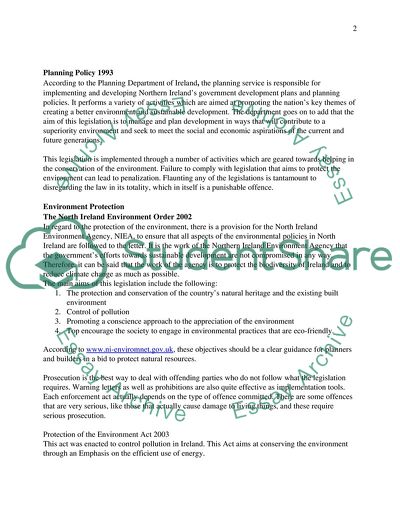Cite this document
(The Environmental Effects of Construction Coursework, n.d.)
The Environmental Effects of Construction Coursework. Retrieved from https://studentshare.org/environmental-studies/1733765-describe-how-legislation-and-control-are-used-to-reduce-the-environmental-impact-of-the-construction-and-environmental-sector
The Environmental Effects of Construction Coursework. Retrieved from https://studentshare.org/environmental-studies/1733765-describe-how-legislation-and-control-are-used-to-reduce-the-environmental-impact-of-the-construction-and-environmental-sector
(The Environmental Effects of Construction Coursework)
The Environmental Effects of Construction Coursework. https://studentshare.org/environmental-studies/1733765-describe-how-legislation-and-control-are-used-to-reduce-the-environmental-impact-of-the-construction-and-environmental-sector.
The Environmental Effects of Construction Coursework. https://studentshare.org/environmental-studies/1733765-describe-how-legislation-and-control-are-used-to-reduce-the-environmental-impact-of-the-construction-and-environmental-sector.
“The Environmental Effects of Construction Coursework”. https://studentshare.org/environmental-studies/1733765-describe-how-legislation-and-control-are-used-to-reduce-the-environmental-impact-of-the-construction-and-environmental-sector.


